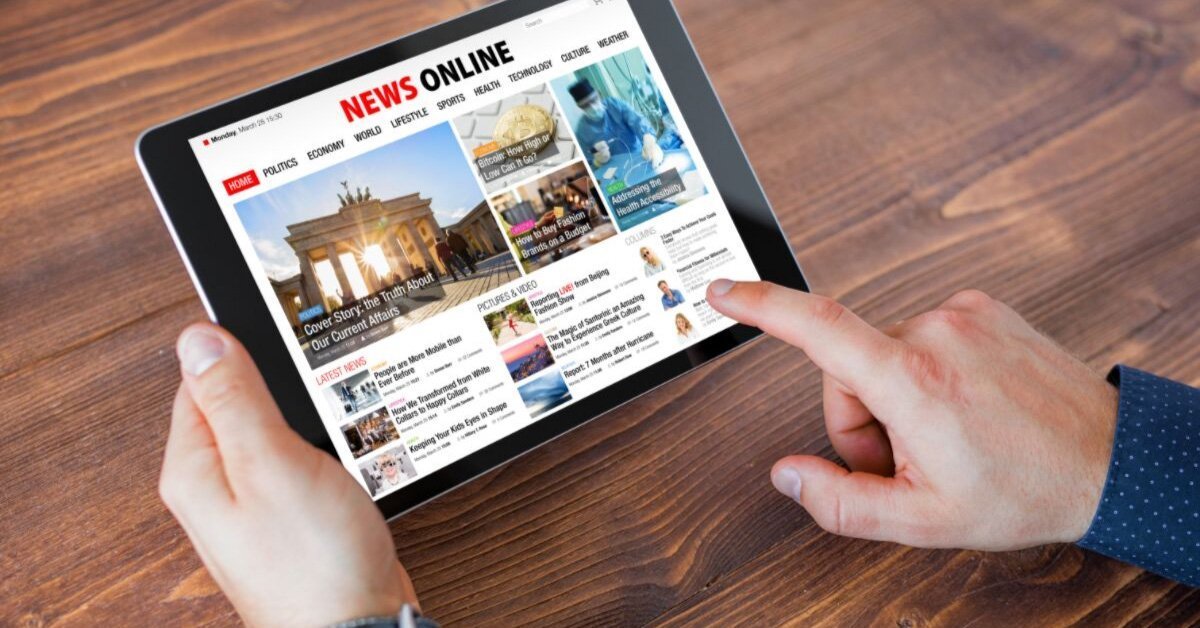In today's highly competitive B2B market, companies are constantly looking for new ways to boost their brand awareness and generate leads. One approach that has gained popularity in recent years is B2B PR native advertising. Native advertising is a form of paid advertising that blends seamlessly into the contentof the platform on which it appears.
When done correctly, it can be an effective way to engage with potential customers and achieve marketing goals. In this article, we'll explore the benefits of native advertising for B2B PRcampaigns and provide best practices for creating successful campaigns.
What Is Native Advertising?
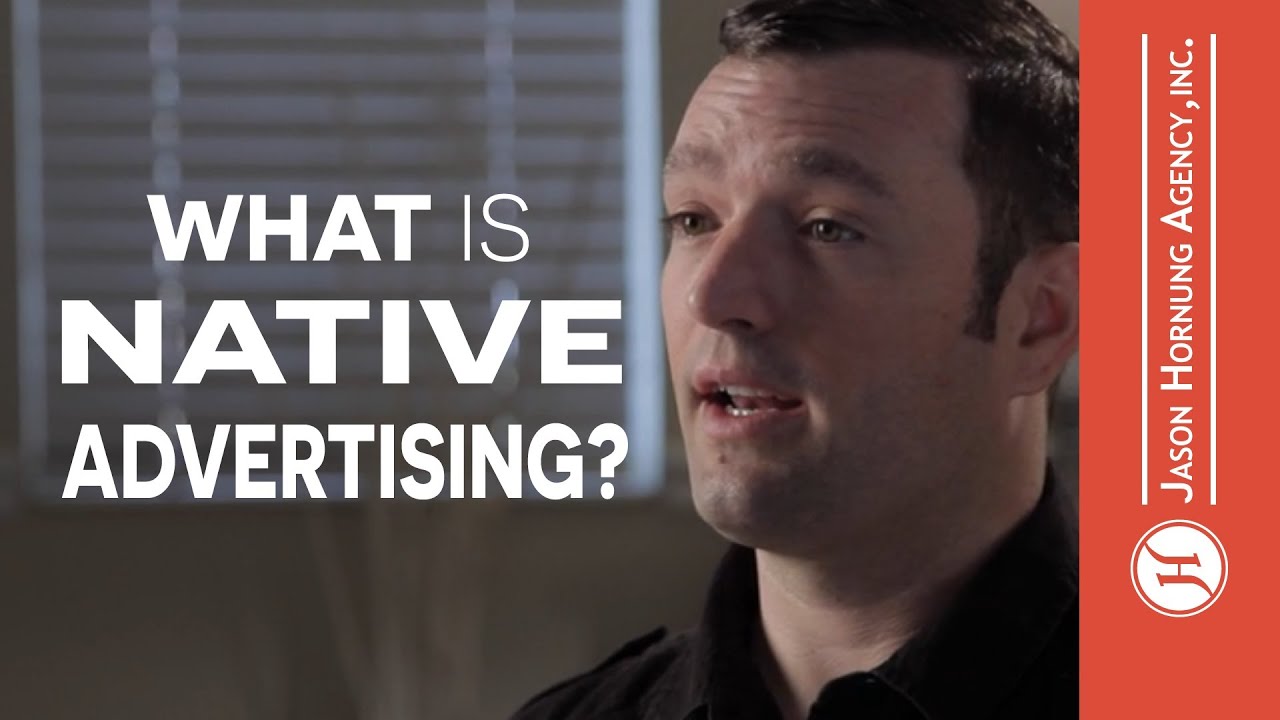
What Is Native Advertising?
Native advertising is a form of paid advertising that blends seamlessly into the content of the platform on which it appears. It is designed to look and feel like the editorial content of the platform, rather than a traditional advertisement, making it less disruptive to the user experience.
Native adscan appear in a variety of formats, including sponsored articles, videos, and social mediaposts, and are typically labeled as sponsored or promoted content to be transparent about their commercial nature. The goal of native advertising is to provide a non-disruptive and engaging experience for the user, while also promoting a brand or product.
Why Is Native Advertising So Effective?
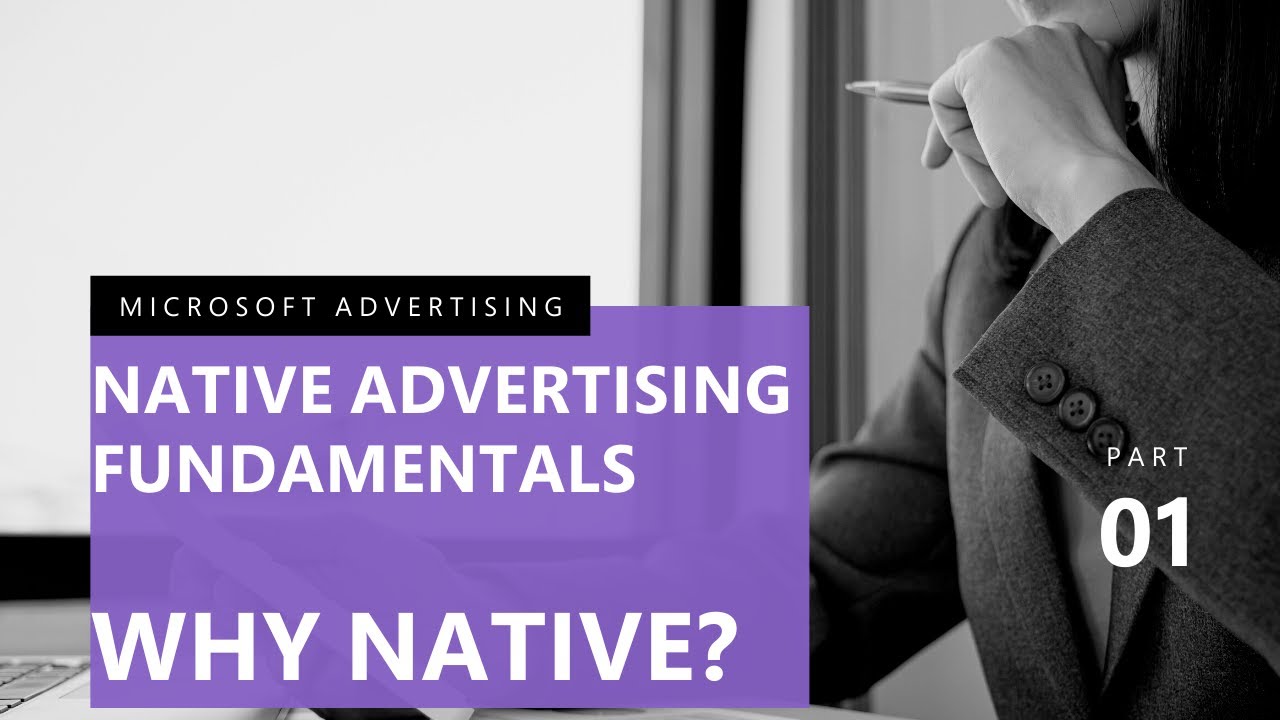
Why Native Advertising?
Native advertising is effective for several reasons:
Non-Disruptive
Unlike traditional forms of advertising, native advertising is designed to blend seamlessly into the platform on which it appears, making it less disruptive to the user experience. This can lead to higher engagement rates and a more positive perception of the brand.
Relevant And Targeted
Native advertising is typically created with a specific target audience in mind and is designed to be relevant to their interests and needs. This can increase the likelihood of the content being shared and engaged with, leading to greater brand awareness and loyalty.
Builds Trust
By providing value to the user in the form of useful information or entertainment, native advertising can help businesses to build trust with their target audience. When users feel that a brand is genuinely interested in their needs and desires, they are more likely to engage with the brand and become loyal customers.
More Memorable
Because native advertising is often more engaging and less disruptive than traditional advertising, it can be more memorable to the user. This can lead to increased brand recognition and recall, which can ultimately drive conversions and sales.
Benefits Of Native Advertising For B2B PR
Native advertising has become increasingly popular in recent years, and for good reason. In the world of B2B PR, it can offer a range of benefits, including:
Increased Brand Awareness
Native advertising can help businesses to reach new audiences and increase brand awareness. By creating content that resonates with a target audience and distributing it through native advertising, businesses can improve their visibility and make a lasting impression.
Improved Engagement
Because native advertising is designed to blend seamlessly into the platform on which it appears, it is often more engaging than traditional advertising. Users are more likely to interact with content that feels natural and relevant to their interests, which can lead to increased engagement with the brand.
Lead Generation
Native advertising can also be an effective way to generate leads. By providing valuable content that addresses the pain points of a target audience, businesses can encourage users to provide their contact information in exchange for more information or resources.
Cost-Effective
Compared to other forms of advertising, native advertising can be a cost-effective way to promote a brand or product. Because it is designed to blend in with the surrounding content, it typically requires less investment in creative production and can be distributed through a variety of channels.
Flexibility
Native advertising offers a range of formats and distribution channels, making it a flexible option for B2B PR campaigns. Whether it's a sponsored article on a popular news website or a promoted social media post, businesses can tailor their native advertising approach to best reach their target audience.
When Should Companies Use Native Advertising?
Companies should consider using native advertising when they want to:
Increase Brand Awareness
Native advertising can be an effective way to increase brand awareness, particularly among target audiences who may not be familiar with the brand. By creating engaging and informative content that resonates with their target audience, companies can improve brand recognition and recall.
Promote A New Product Or Service
If a company is launching a new product or service, native advertising can be an effective way to promote it. By creating content that showcases the benefits and features of the new product or service, companies can generate interest and excitement among potential customers.
Educate Customers
Native advertising can also be used to educate customers about a product or service. By creating informative and useful content, companies can position themselves as thought leaders in their industry and build trust with their target audience.
Drive Conversions
Native advertising can be used to drive conversions by creating content that encourages users to take a specific action, such as signing up for a newsletter, downloading a white paper, or making a purchase. By creating compelling calls to action, companies can improve conversion rates and drive sales.
Reach A Specific Target Audience
Native advertising can be targeted to specific audiences based on demographic, geographic, and behavioral data. This can be particularly useful for companies that want to reach a niche audience or a specific segment of their customer base.
Best Practices For B2B PR Native Advertising
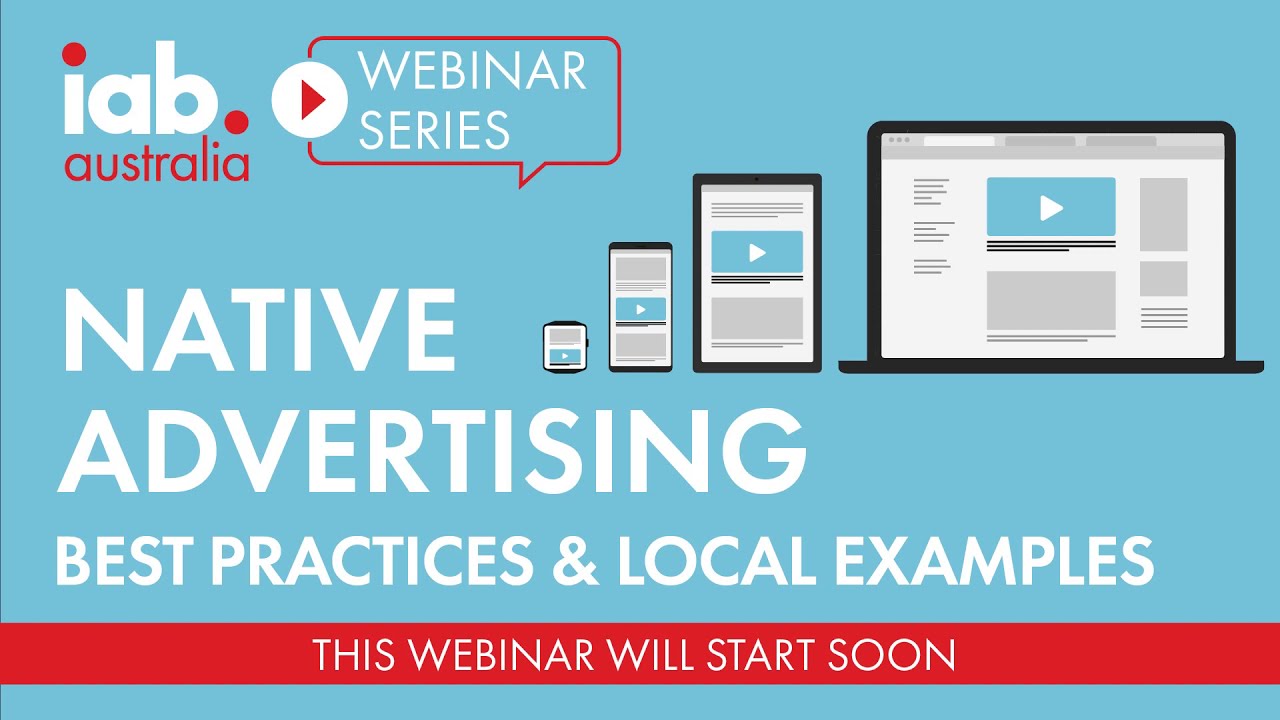
Native Advertising: Best Practices and Local Examples
Native advertising can be a highly effective tactic for B2B PR campaigns, but it's important to approach it with best practices in mind. Here are some key tips to help ensure the success of your B2B PR native advertising campaigns:
Know Your Audience
Understanding your target audience is critical for any marketing campaign, and native advertising is no exception. By conducting thorough research on your target audience's interests, pain points, and content consumption habits, you can create content that resonates with them and drives engagement.
Provide Value
Native advertising should always be focused on providing value to the user, rather than just promoting a product or service. By creating content that educates or entertains the user, businesses can build trust and establish themselves as thought leaders in their industry.
Be Transparent About Sponsored Content
Transparency is key when it comes to native advertising. It's important to clearly label sponsored content as such and to ensure that it meets the standards of the platform on which it appears. Failing to be transparent about sponsored content can damage your brand's reputation and erode trust with your target audience.
Optimize For Mobile
With the majority of content consumption now happening on mobile devices, it's essential that B2B PR native advertising campaigns are optimized for mobile. This means using responsive design, optimizing load times, and ensuring that content is easy to read and interact with on small screens.
Track And Measure Performance
As with any marketing campaign, it's important to track and measure the performance of your B2B PR native advertising efforts. By setting clear goals and using analytics tools to track engagement, click-through rates, and other key metrics, businesses can continuously refine their approach and improve ROI.
By following these best practices, businesses can effectively leverage B2B PR native advertising to reach new audiences, drive engagement, and achieve their marketing goals.
Examples Of Native Advertising
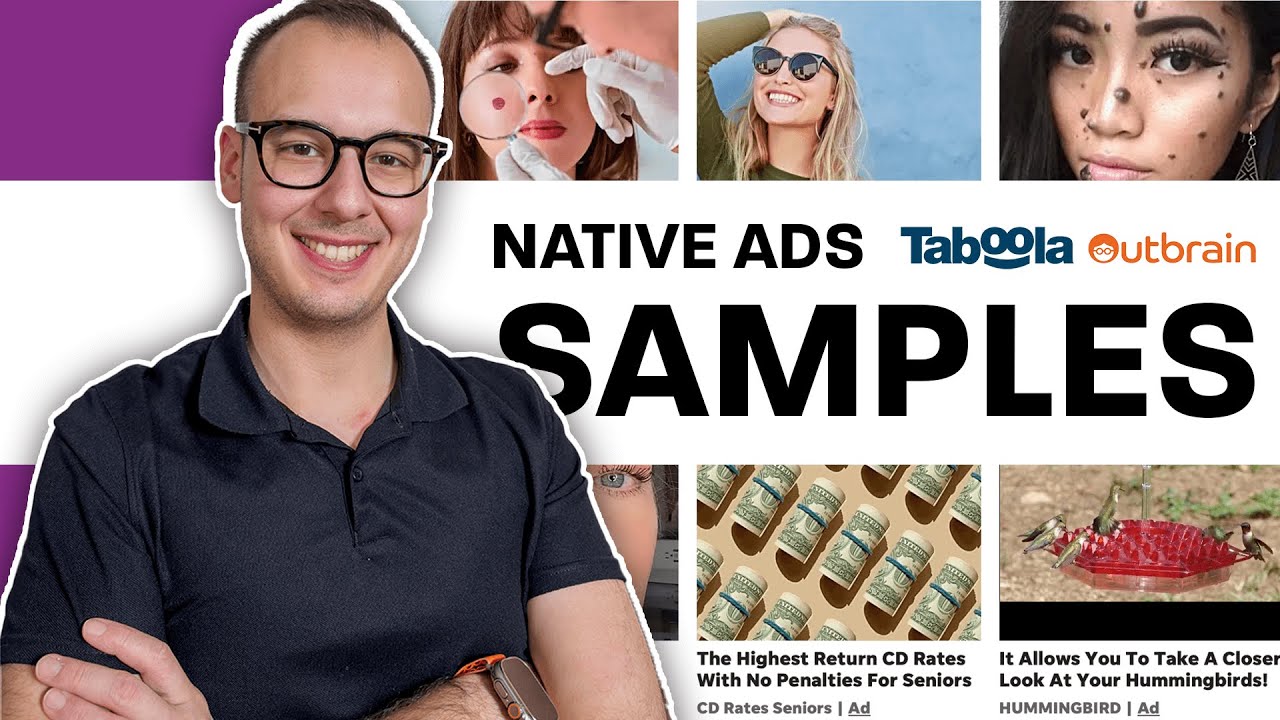
Native Advertising Examples (Taboola & Outbrain)
There are many examples of native advertising across different platforms and industries. Here are a few examples:
Sponsored Content On Social Media
Many social media platforms offer sponsored content opportunities, such as sponsored posts on Instagram, promoted tweets on Twitter, and sponsored content on LinkedIn. These ads appear seamlessly in users' feeds and are designed to match the look and feel of the platform.
Branded Content On Publishers' Sites
Brands can also create content in partnership with publishers, which can be promoted as sponsored or branded content. These articles or videos appear on the publisher's site and are often designed to educate or entertain readers, while subtly promoting the brand's products or services.
In-Feed Ads On News Sites
News sites often display ads in their content feeds, which can be designed to match the look and feel of the site. These ads may appear in between articles or on the side of the page and can include sponsored content, branded content, or traditional display ads.
Native Video Ads On YouTube
YouTube offers native video ads that appear before, during, or after videos. These ads can be targeted to specific audiences and are designed to be non-disruptive to the viewing experience. Brands can create their own videos or sponsor existing content on the platform.
Sponsored Podcasts
Podcasts are a growing medium for native advertising, with many brands sponsoring entire episodes or segments of popular podcasts. These ads can be read by the podcast host or produced as a separate segment, and are designed to be engaging and informative to the listener.
These are just a few examples of the many types of native advertising available to businesses today. The key is to create content that provides value to the user and fits seamlessly into the platform on which it appears.
People Also Ask
What Is B2B PR Native Advertising?
B2B PR Native Advertising is a type of paid advertising that blends seamlessly into the content of the platform on which it appears, providing a non-disruptive and engaging experience for the user.
How Does B2B PR Native Advertising Differ From Traditional Advertising?
B2B PR Native Advertising differs from traditional advertising in that it is designed to be non-disruptive to the user experience, blending in with the surrounding content. It also offers the potential for improved engagement and lead generation.
How Can Businesses Get Started With B2B PR Native Advertising?
Businesses can get started with B2B PR Native Advertising by identifying their target audience, creating content that resonates with that audience, and working with a platform or agency that specializes in native advertising to distribute their content.
Conclusion
B2B PR native advertising is a powerful tool for B2B PR campaigns, offering a range of benefits from increased brand awareness to lead generation. By creating content that resonates with your target audience, providing value, and being transparent about sponsored content, businesses can effectively leverage native advertising to achieve their marketing goals.
With the right approach and a commitment to best practices, native advertising can be a highly effective way to stand out in a crowded market and connect with potential customers.
